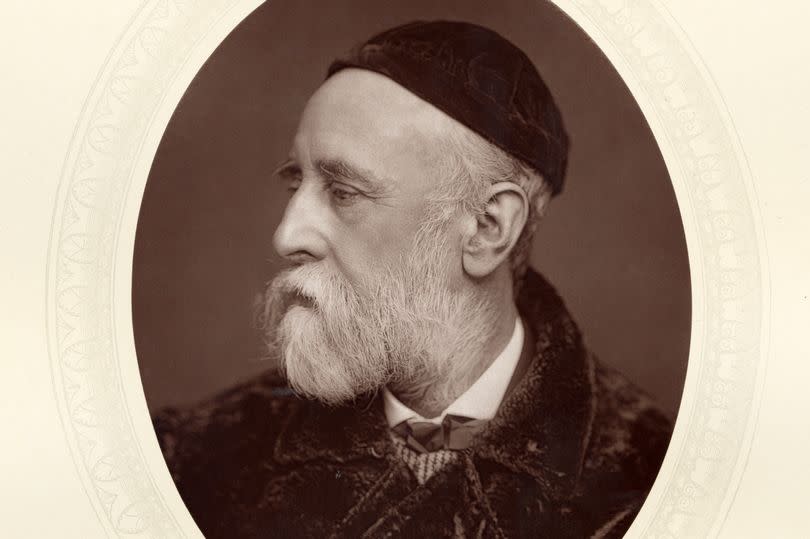Peaceful London park has city's most beautiful memorial - to ordinary people killed saving a life
Hidden in a lovely little park just a few minutes' walk from St Paul's Cathedral is one of London's most beautiful memorials - to ordinary people who have died saving others. Located in a corner of Postman's Park in the City of London, the rows of plaques detailing the actions of everyday heroes might not be much to look at, at first glance. But the sentiment behind the installation is truly wonderful.
It was the idea of Victorian painter and philanthropist G.F (George Frederic) Watts, who unveiled the memorial in 1900 at his own expense with the help of his wife Mary who was an artist in her own right. He'd been struck by the words of George Eliot in his novel Felix Holt in which he wrote about the unseen heroic acts of the individual that contribute to victory or a greater good.
He wrote: "Let us rather raise a monument to the soldiers whose brave hearts only kept the ranks unbroken, and met death - a monument to the faithful who were not famous, and who are precious as the continuity of the sunbeams is precious, though some of them fall unseen and on barrenness."
READ MORE: London's statues, bollards and road signs that were designed to stick two fingers up to the French

And so London's monument to the 'faithful who were not famous' was born. Designed by G.F Watts, the ceramic memorial plaques were initially created by William De Morgan. After 1907, Doulton of Lambeth took over making any new plaques.
There are 54 tiles paying tribute to 62 different people. The youngest person commemorated is Henry Bristow, 8, from Walthamstow who saved his little sister's life by tearing off her burning clothes when they caught fire. But tragically his own clothes caught fire and he died.
Another plaque pays tribute to Joseph Andrew Ford, aged 30, who worked for the Metropolitan Fire Brigade in 1871, when he died after he 'saved six persons from fire in Gray's Inn Road, but in his last heroic act he was scorched to death'. Gray's Inn Road is in Camden borough and connects Chancery Lane to Kings Cross.
'He supported his drowning playfellow'
A heart-breaking plaque commemorates David Selves who was only 12 when he 'supported his drowning playfellow and sank with him, clasped in his arms' in the water off Woolwich in September 1886. Many plaques were unveiled as part of the memorial in 1900 but others have been added since then.
There is one very recent addition to the plaques which was added after a two-year campaign by co-workers. Leigh Pitt died in 2007 after jumping into the Thamesmead Canal to save a drowning boy, having heard his screams for help from his flat. But in doing so, he slipped below the surface and drowned, but the boy survived after grabbing a length of hose lowered by residents as Leigh held him up.
There's plenty of tragedy on display on the tiles, but it's also strangely uplifting - a reminder that London is full of heroes ready to spring into action when someone is in trouble. You'll find the main entrance to Postman's Park right next to London City Presbyterian Church in Aldersgate Street with St Paul's Cathedral in view just to your right.
To watch more videos and read more stories from our London's Hidden Secrets series, see the topic page.

 Yahoo News
Yahoo News 
